Honduras: Copan
Publicados: 01.05.2018
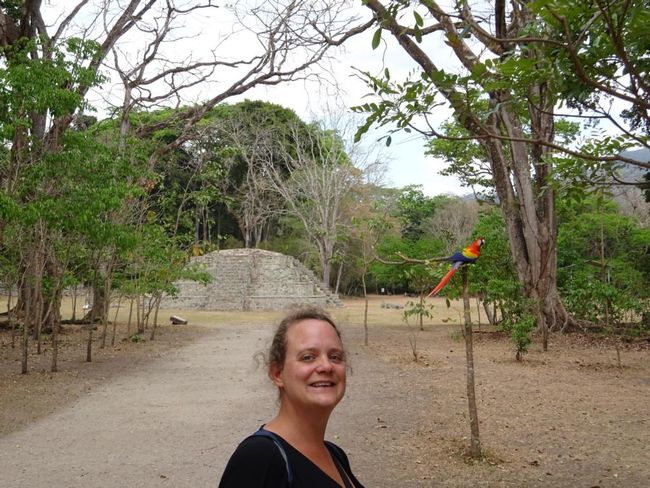
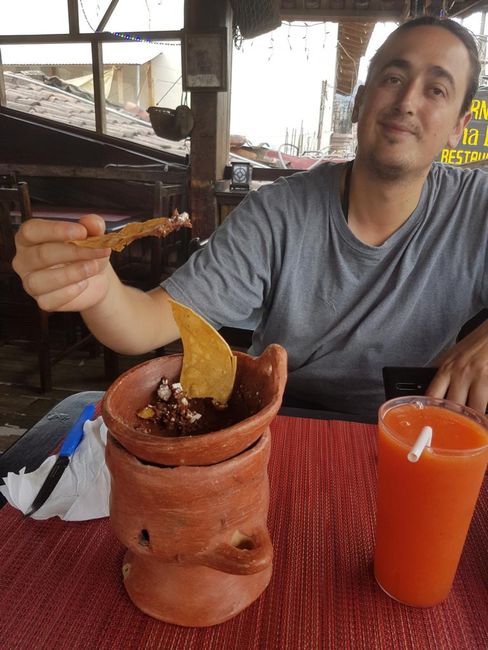
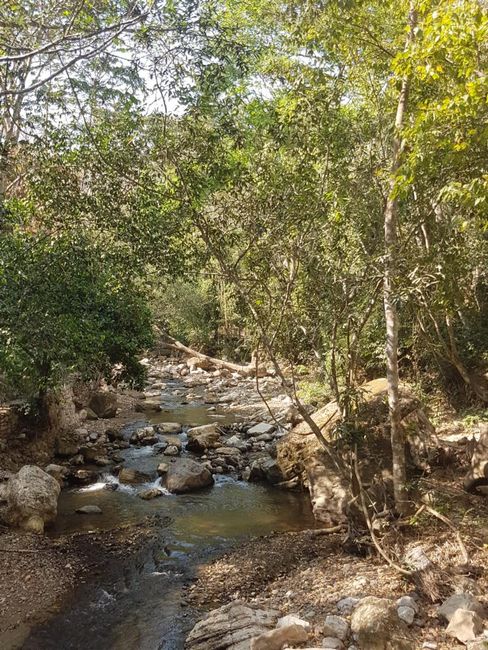
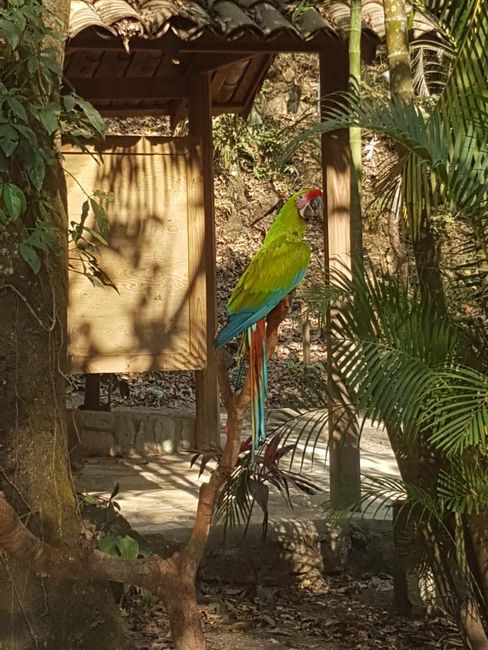
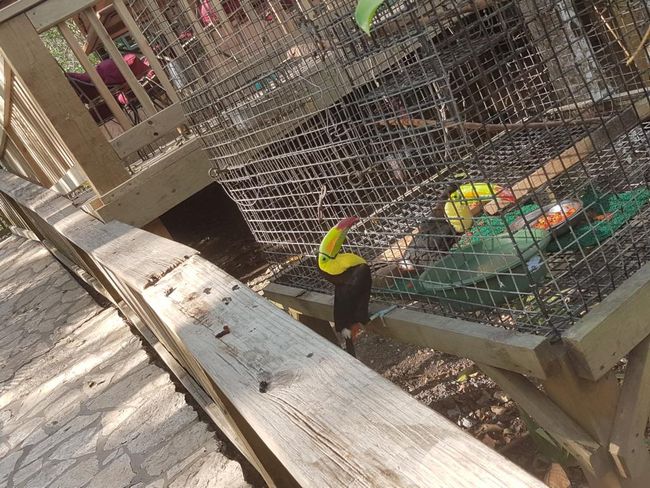
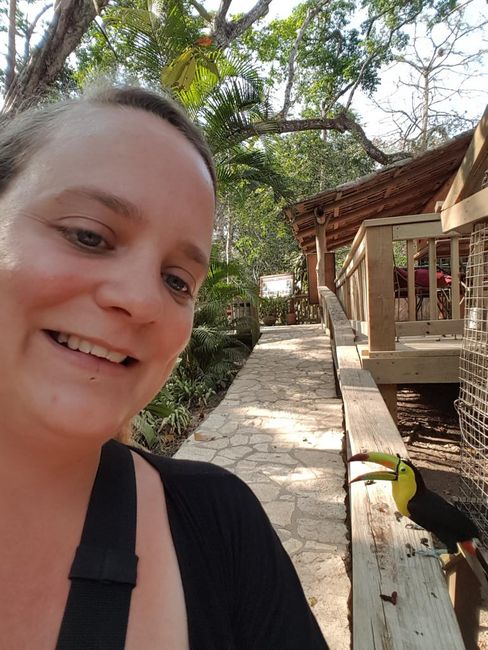
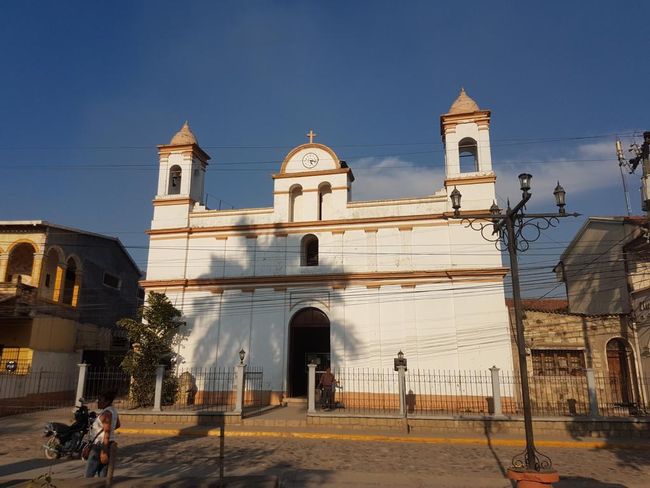
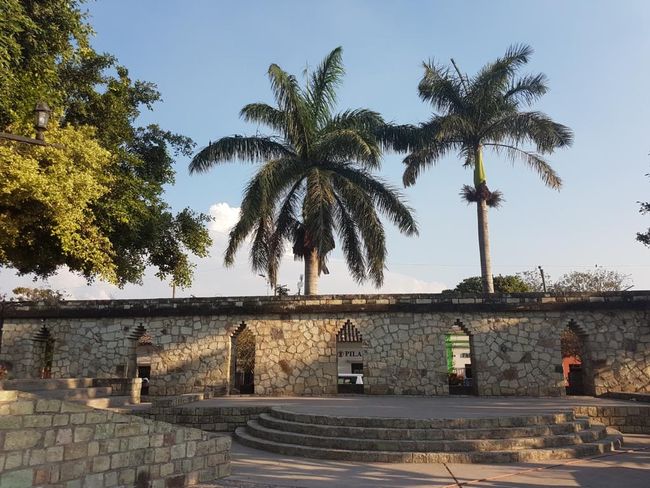
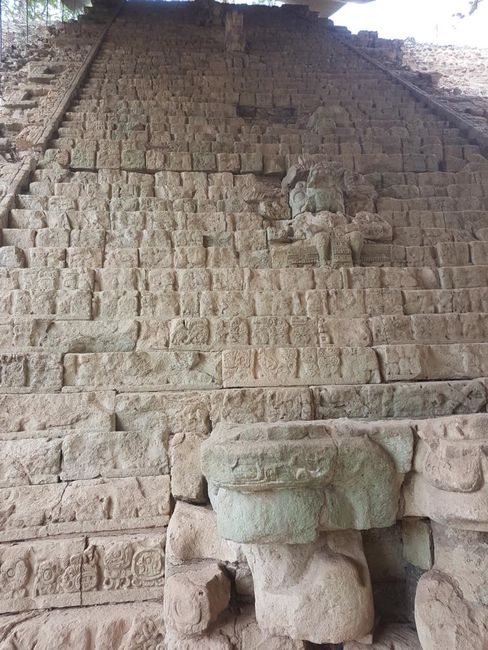
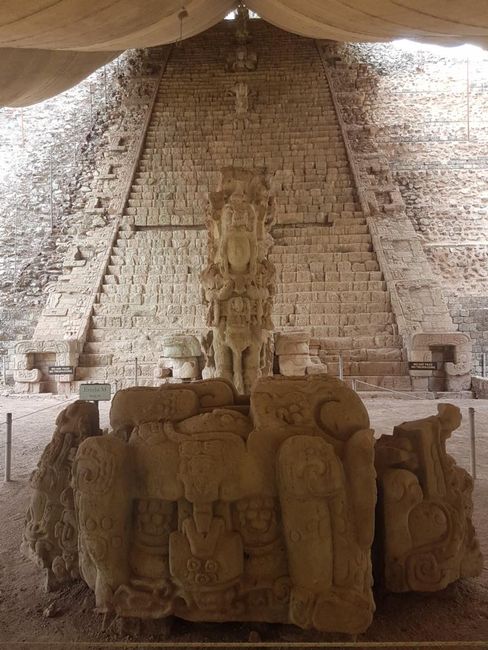
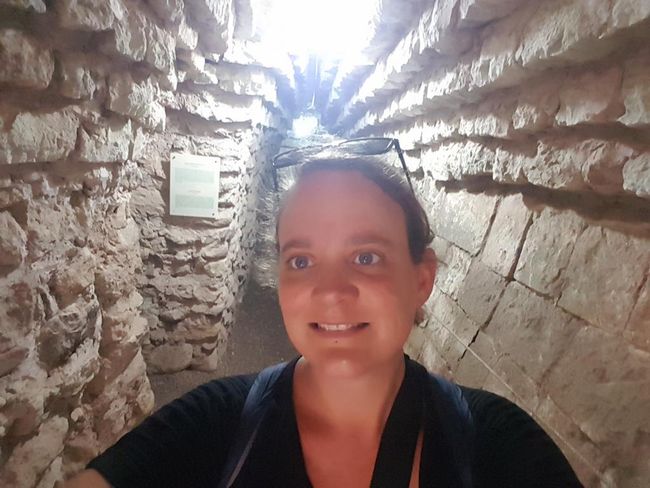
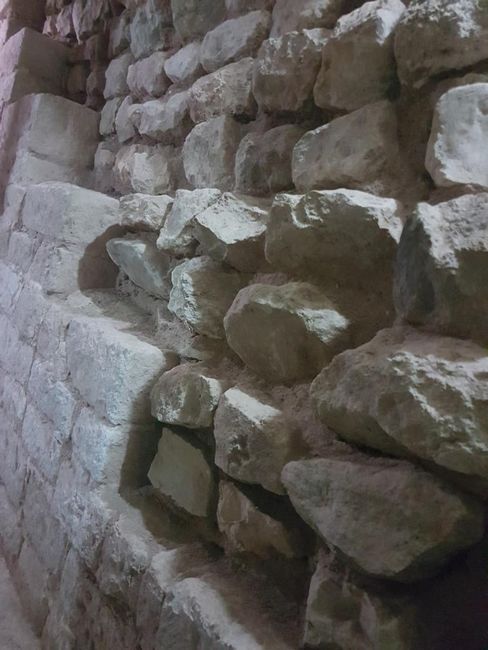
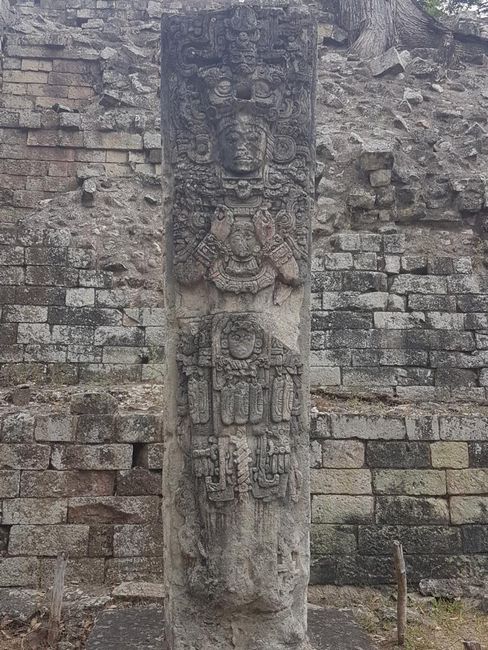
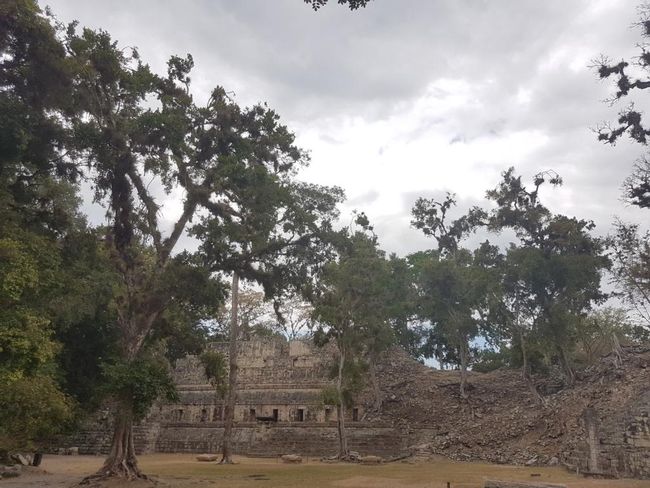
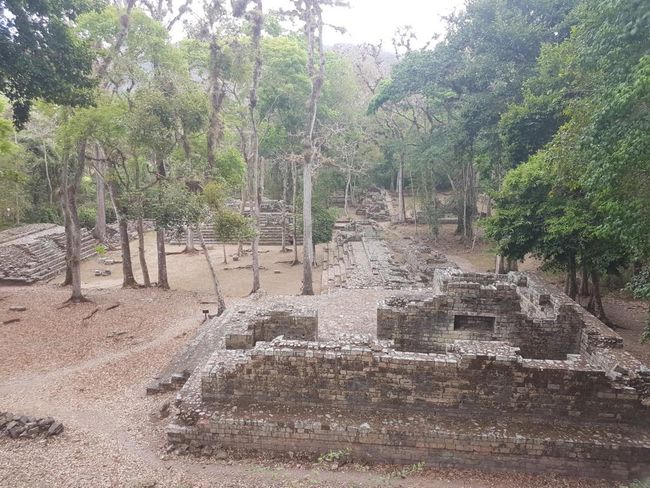
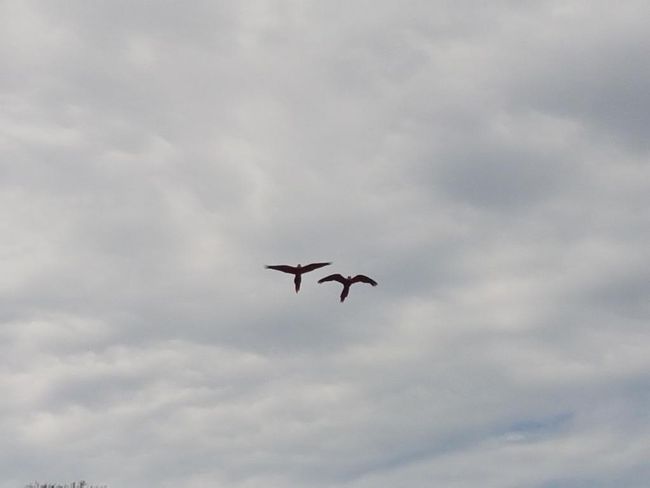
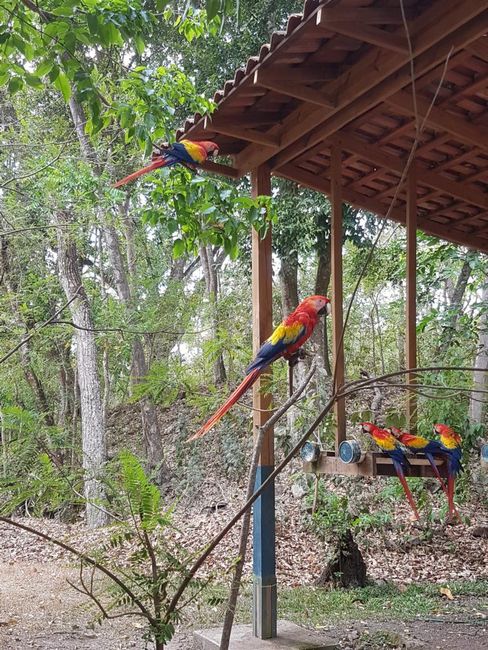
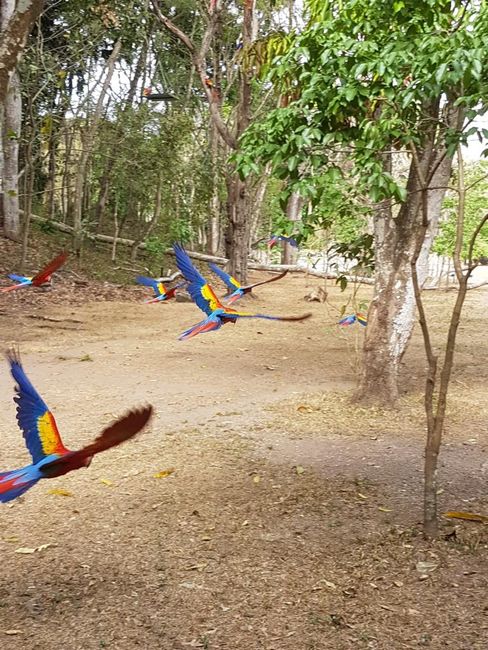
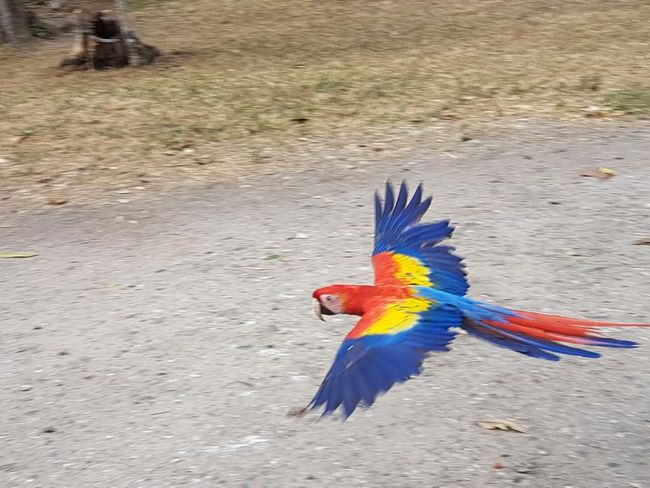
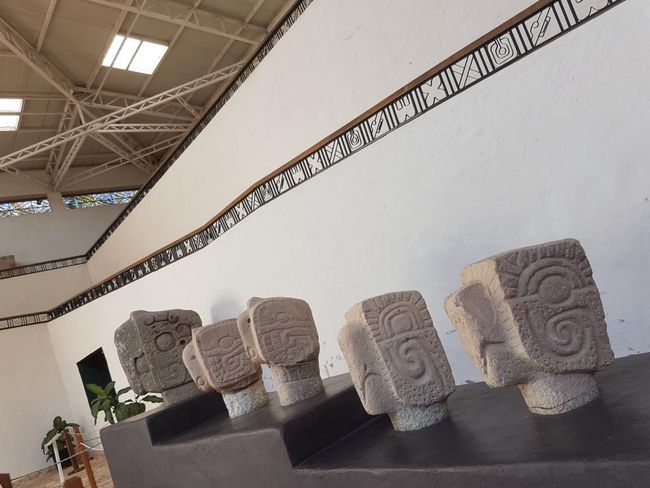
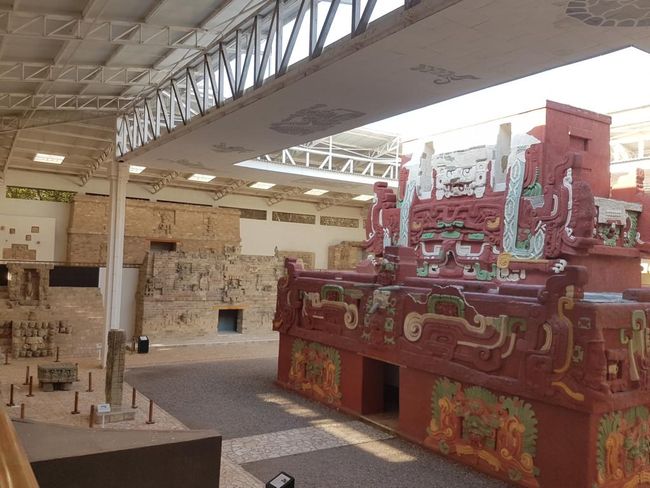
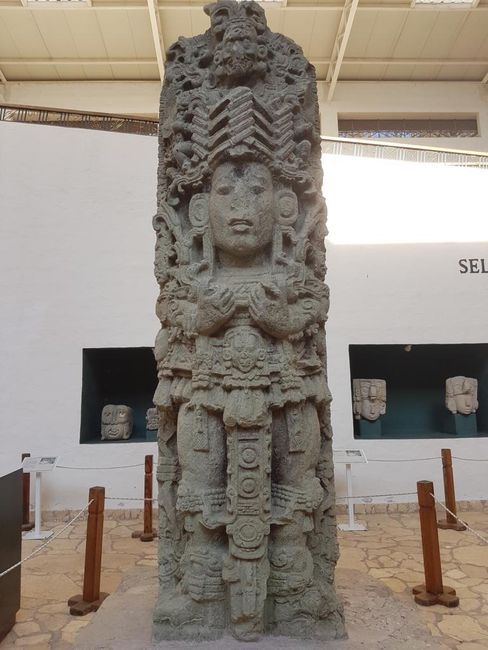
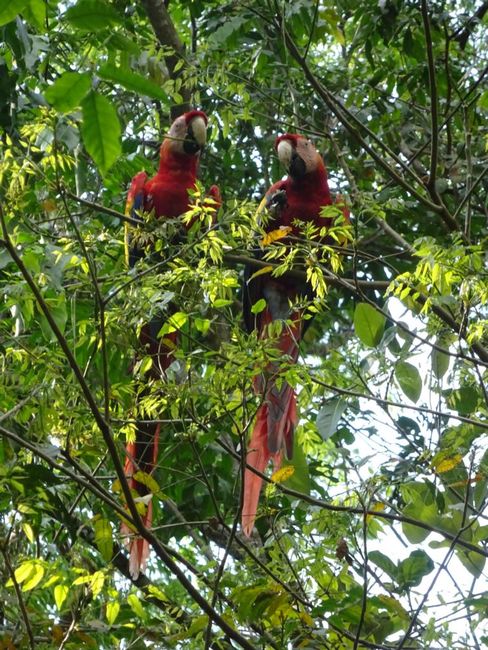
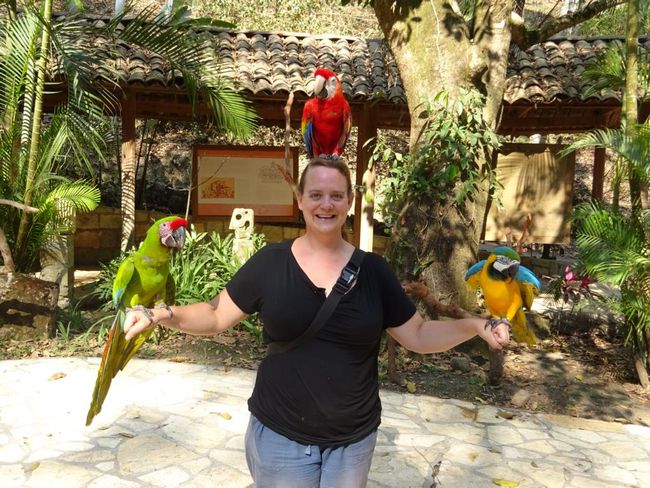
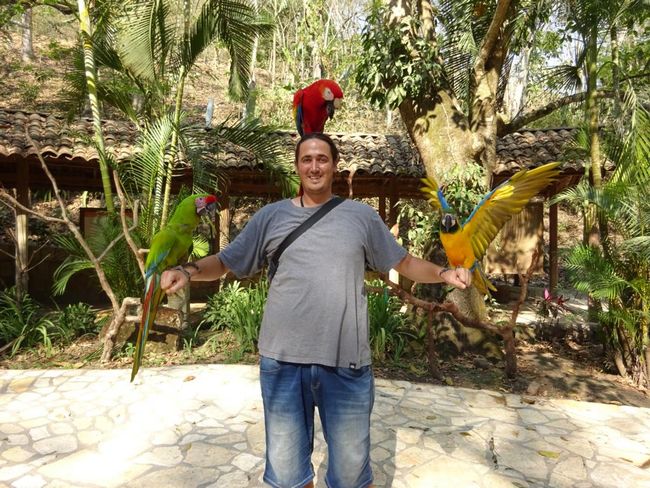
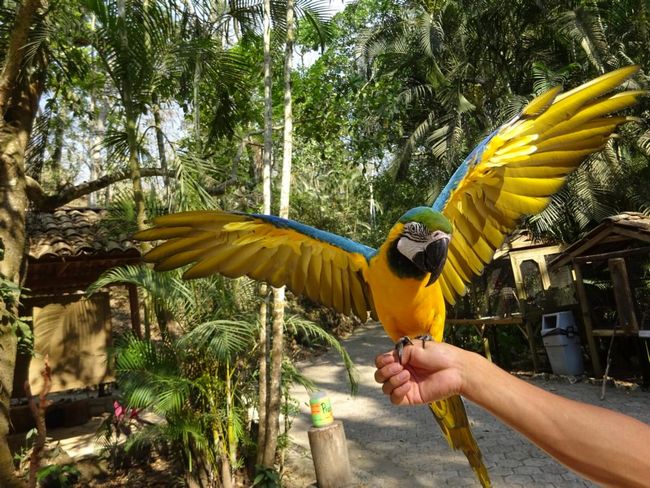
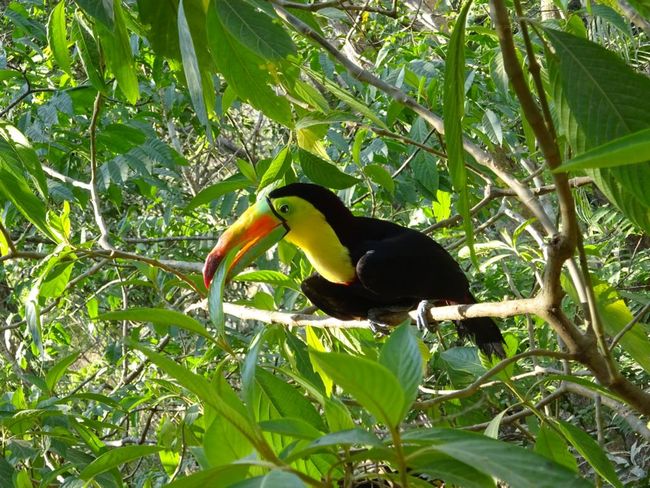
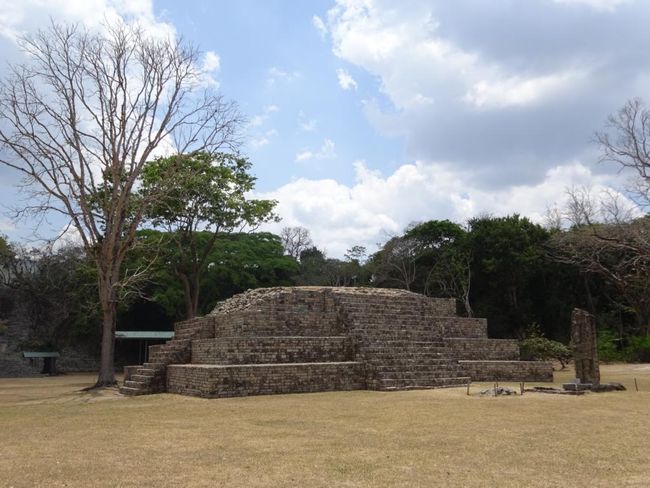
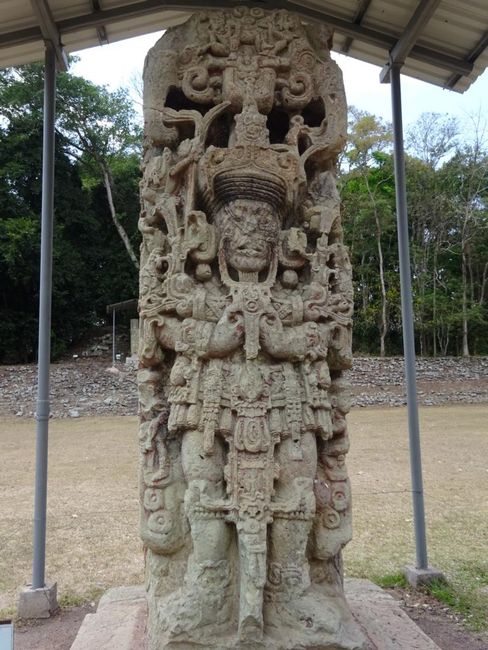
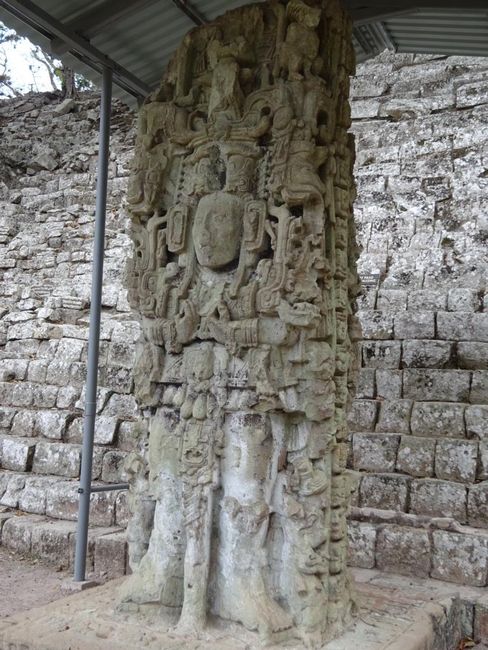
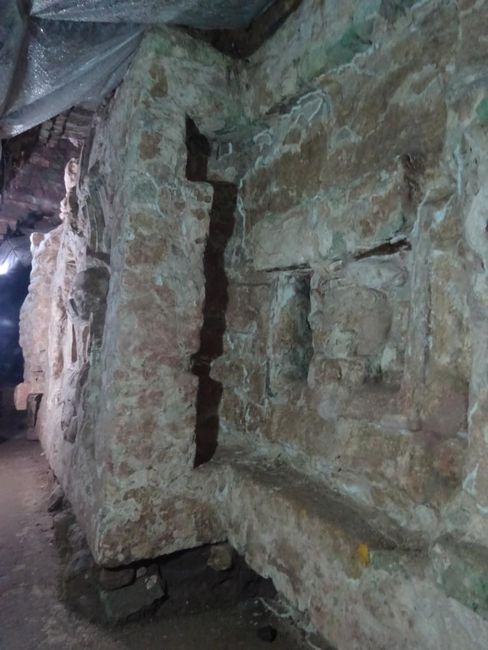
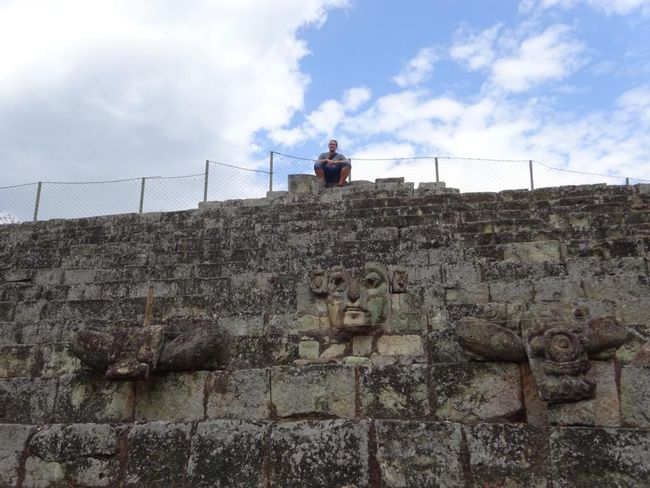
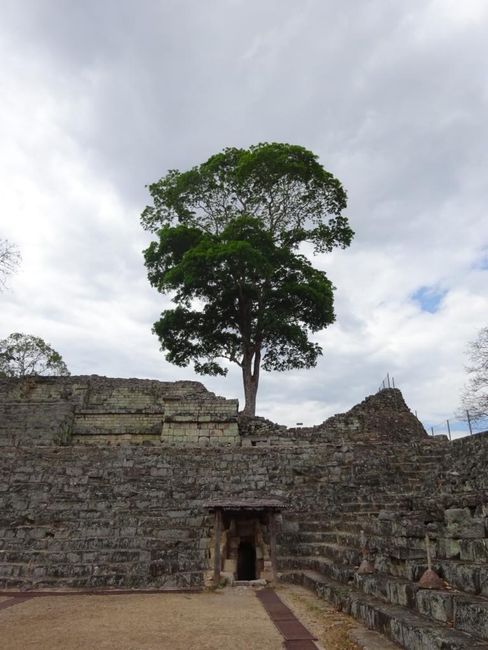
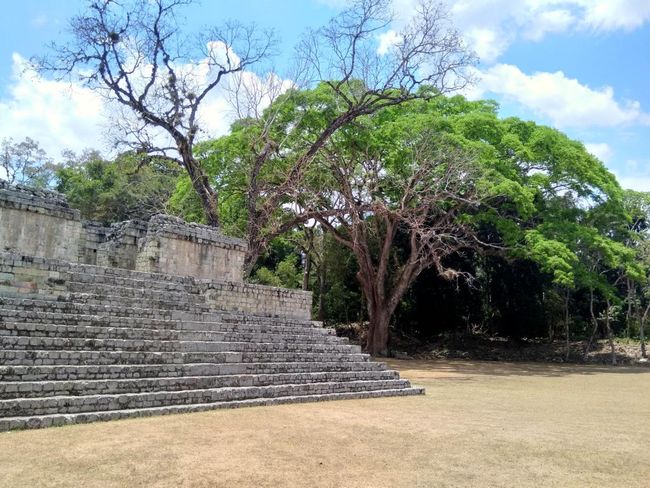
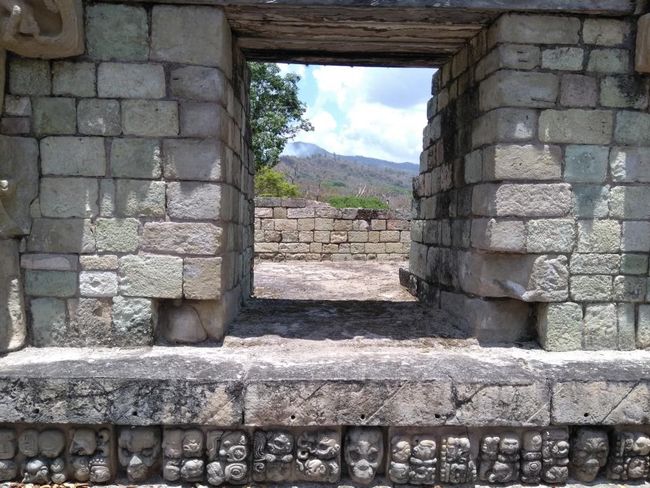
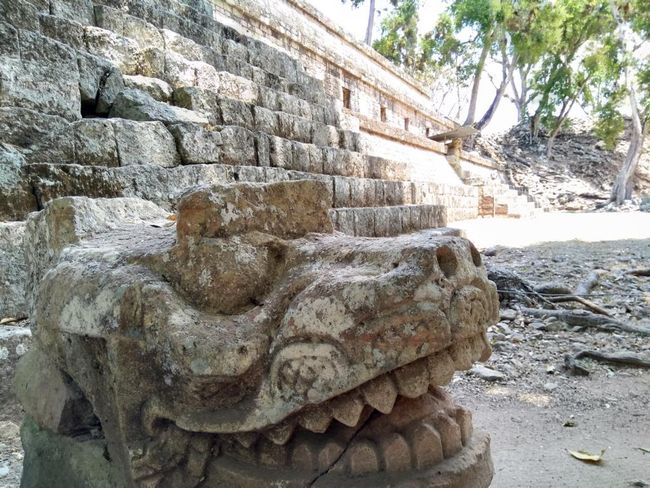
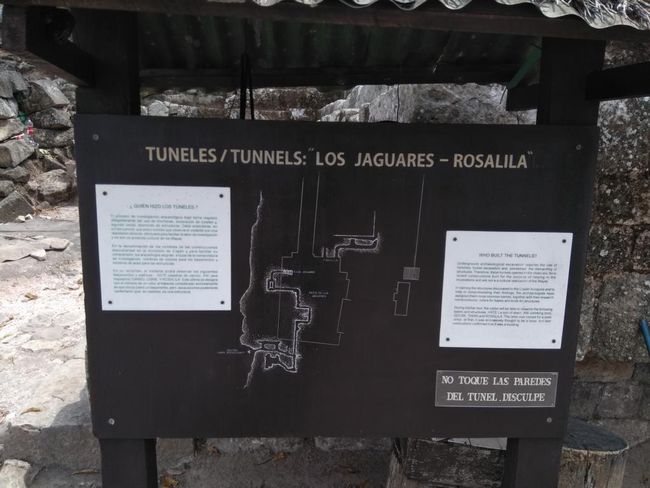
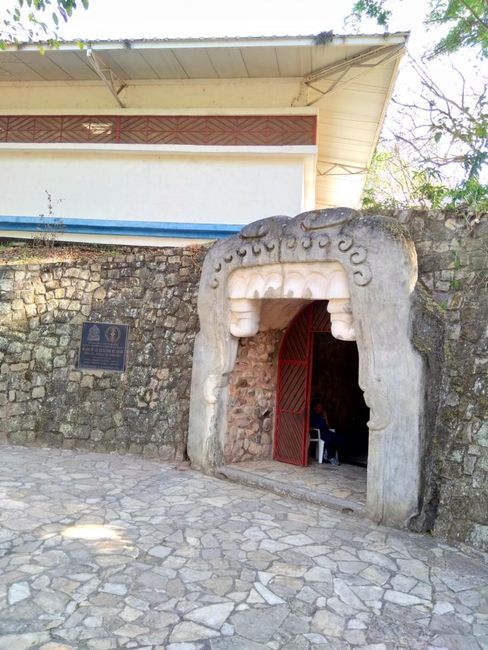
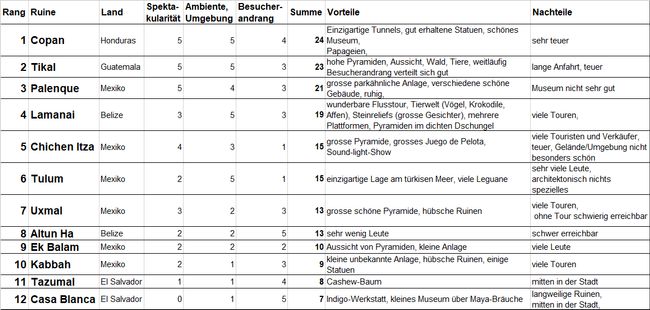
Assine o boletim informativo
Because we didn't feel like squeezing ourselves into a small shuttle minibus for the long trip to Copan, Irwin recommended the bus company Hedman Alas, which uses comfortable large buses for this route. As was the case with our trip to Salvador, the large buses only run from Guatemala City. So, from Antigua to the capital, we still had to take a minibus, but that was okay because the journey there only takes about 1.5 hours. The problem was that the minibus couldn't pick us up directly at our hotel because the streets in the neighborhood were too narrow for the bus, and there was only a night bus. So, in the middle of the night at 2:30 am, we had to walk several streets with all our luggage and wait at a lonely street corner for pickup. It was a bit uncomfortable, as you shouldn't really walk anywhere on foot in Central America at night, especially with all your possessions. Fortunately, the bus was on time, which is not always the case in Central America. The transfer in Guate went smoothly, and we were pleasantly surprised because it was a first-class bus that offered similar comfort to the buses in Colombia that we loved so much. Since Hedman Alas serves all major routes in Honduras, this would become our go-to bus company for the coming weeks. The journey to Copan was quite uneventful, and the immigration procedures were quickly done.
The city of Copan Ruinas seems to exist solely because of the famous Maya ruins that are right next to it. The whole town is therefore very focused on tourism. The city itself is quiet, quite safe, and offers a good infrastructure of restaurants and hotels, but it is also quite expensive. Unfortunately, as tourists, we were once again being ripped off more than in El Salvador. We particularly noticed this when we wanted to buy a watermelon from a street vendor who was charging twice as much for the melon as it cost in the supermarket. Normally, we like to support local farmers, but that was a bit too much for us, so we ended up buying the fruit at the local "Despensa Familiar".
In the afternoon after our arrival, we took a tuk-tuk to the Macaw Mountain Bird Park. It is a private reserve for the protection of Central American macaws and other native birds. The red macaw is the national bird of Honduras. The reserve was originally founded on the island of Roatan and served primarily as a rescue center for birds that were acquired by immigrants who settled in Honduras. Many of these immigrants eventually returned to their home countries and wanted to get rid of the long-lived birds, so a place had to be found for them. Later, the reserve was moved to Copan after a large piece of land could be purchased cheaply there. They take in birds from private owners or those that have been confiscated from smugglers.
In the bird park, there are many large aviaries with macaws, toucans, and various other species of parrots. There are many display boards with interesting information about the different parrots, their habitat, and behavior.
In the visitor center, they explain to us that the clear goal is to release as many birds as possible back into the wild. A few weeks ago, 5 toucans were released, and a group of green macaws (10 of them) is currently being released into freedom. They showed us the large cage with a wide-open door, and some birds were still sitting inside. The birds would take a while to venture out and even then, they would return regularly for the first few months and then sporadically. That's why they always provide food to give the birds a safe refuge to come back to and find something to eat. The staff member showed us a photo on his phone of a bird drinking from a plastic cup. At first, it kept coming back to drink because it hadn't realized where else it could find water. A group of 45 red macaws has been released in the ruins of Copan. This place is naturally very suitable, as it is already protected and the birds are not threatened there. But even these birds occasionally return to the bird park.
And indeed, we saw them later, a group of red giant birds flying freely above us. Absolutely majestic! And one of the released toucans even crossed our path.
In the visitor center of the park, you can have your photo taken with parrots. Many parrots were waiting there, sitting on branches and patiently allowing visitors to place them on their arms. We got into conversation with a park employee and asked why the birds wouldn't just fly away. He explained to us that many birds that had lived with humans for a long time simply don't want to fly anymore, although most of them are physically capable of doing so. Only a few of the animals have injuries or limitations that physically prevent them from flying. They are simply not used to flying. Unfortunately, these birds can no longer be released. You can feel this young man's enthusiasm for birds and his work. It really is a beautiful conservation project, which apparently is also quite successful.
The Copan ruins are, without a doubt, the twelfth Maya ruin that we visited on this trip! And I promise you, this will be the last one. But we end our Maya culture journey with a highlight because Copan definitely holds a very high rank in our ranking, which will follow this blog post.
Although Copan does not have large pyramids or other very impressive structures, there are a lot of unique things to see. For example, there are a variety of very beautiful and well-preserved statues. The so-called Hieroglyphic Staircase is particularly impressive. The staircase with 63 steps tells the story of the Copan royal dynasty in the form of several thousand glyphs. But even here, a large part has been restored. Another highlight is the tunnels that were excavated by archaeologists and allow you to enter the interior of the site. We had already heard that it was customary for a new Maya ruler to simply build his own new temples over the old ruler's structures. Here in Copan, through the tunnels, you have the opportunity to visit some parts of such buried temples. The exterior facades with their decorative elements have also been left intact and not removed at these buried temples, for example, the Rosalila temple, which is why it is assumed that these temples must have had a special significance. A replica of the Rosalila temple is on display in the associated museum. And here we come to the last big plus point of Copan: the Museum of Maya Architecture is truly breathtaking and one of the best we have seen. Well, me. Because Jörg had grown tired of Maya museums and knowing that I always need my time in museums, he found a nice spot in the shade outside in the park and waited for me there. The museum displays some original statues that were removed from the site for conservation purposes. There are also many reconstructions of ancient structures and portals. The museum is very large and spacious, no expense was spared, so the generous exhibits are wonderfully showcased.
The number of visitors in Copan is considerably lower than in other places, so the atmosphere is very inviting. We spent a cozy afternoon at the site, and we also saw the free-flying macaws above us, which had been released here. It wasn't very difficult to overlook the birds, as they don't count as songbirds with their deafening squawking.
As evening approached, we made our way to the exit. Suddenly, more and more of the beautiful red macaws came. It was feeding time! Indeed, a park employee brought food and filled large troughs. And then they all came! The entire colony of birds that had been released in the park flew over to the troughs, landing just an arm's length away from us, and enjoyed the fruits. It was absolutely enchanting, with red, blue, and yellow spots everywhere in our field of vision as the birds flew wildly around us and between the troughs and trees. And in the process, they were sometimes quite mischievous, almost brushing past us in their rapid flyby.
Of course, you may wonder if these are truly free-flying birds when they are fed daily and cannot fend for themselves for survival. Well, the distinction is made between fed birds in cages and fed birds that can freely fly in their natural habitat within a picturesque and protected ruins site. I definitely prefer the latter. In addition, the entire fauna is enjoying the feast, various other birds and even squirrels could be observed. And the ruins are unlikely to be forgotten and lost again anytime soon, given their economic importance to the local population, so the survival of the birds is at least "long-term" secured.
I could have watched the birds' activities for hours, but at some point, we had to tear ourselves away from the dreamlike sight as the site was closing. In any case, I would recommend visiting the Copan ruins in the afternoon and not missing the feeding.
And now, here it is, the end of the Maya culture part of our journey, our final words, our conclusion, our evaluation of the visited Maya ruins:
The following criteria were evaluated:
Spectacularity (is this even a word?)
Is the ruin itself spectacular? Is the architecture unique? Are there particularly special buildings? Are there decorations, statues, decorative elements? Is there a good museum? Does the site stand out from others with a special element?
Ambience, Surroundings
What does the surroundings offer? What is the atmosphere like? Is there a beautiful forest? Are there animals? Can you spend a relaxing day on the site? Is it expansive? Or are you in the middle of an urban area? Is there something in the surroundings that makes the site particularly unique?
Visitor traffic
How crowded is it? Does it have the atmosphere of a crowded amusement park? Is the crowd so big that it becomes unpleasant? Or is it rather deserted and idyllic? Do people distribute well?
The criteria "Spectacularity" and "Ambience" were given double weight in relation to the criterion "Visitor traffic".

The undisputed top 4 are Copan, Tikal, Palenque, and Lamanai. They offer a truly beautiful and comprehensive range of architecture, ambience, and nature.
You can argue about the 5th place because Chichen Itza and Tulum both have the same score. But definitely, one of the two deserves 5th place, depending on whether you prefer the beautiful beach location of Tulum or the spectacular pyramid of Chichen Itza, in any case, you will not be alone in both places.
So if you are planning a Maya tour in Central America, these are our recommendations! 😊
Assine o boletim informativo
Responder
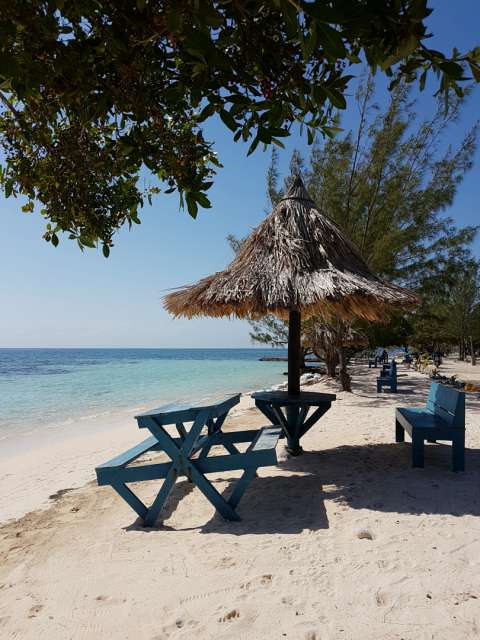
Relatórios de viagem Honduras

